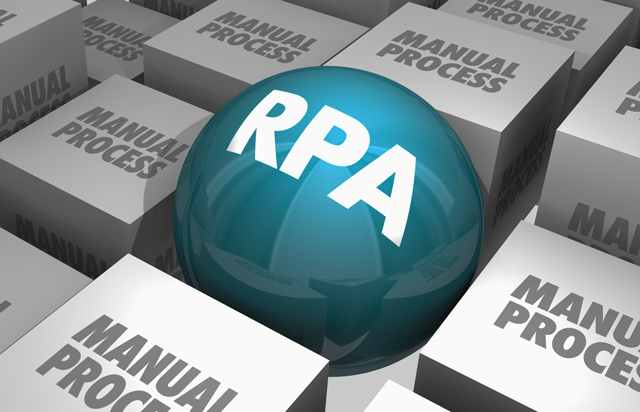Raleigh, USA: The adoption of RPA (Robotic Process Automation) offers numerous benefits. But it is also prone to cyberattacks, according to experts.
Challenges
Cyberthreats. data theft, misusing privileged access and denial-of-service are among the common challenges when it comes to RPA. These challenges constraints RPA growth and pose significant vulnerabilities to organisations.
Innumerable Benefits
RPA vendors are offering not just automation but advanced management capabilities in their technology offerings. Such as, workload management, SLA-based automation, automation lifecycle management, credential management, and adding new data APIs.
“These enhancements help attract new industries that are on the lookout for better operational and safety capabilities in business,” said Ananya Pritam Gogoi, Lead Analyst – Beroe.
RPA has innumerable benefits for business automation. It increases the employees’ efficiency by de-prioritizing the low and high-volume repetitive tasks and realigning their attention to innovation and tasks of higher value.
This contributes to a decrease in the employees’ stress levels and increases in their productivity. For organisations, it is an effective tool to reduce costs and can do more with less. Transactional work is speedier.
The risks of operations are reduced because the scope for human error is automatically eliminated, making operations accurate and efficient. It also helps maintain output consistency.
In addition, RPA increases the scalability of processes as automated services works throughout the year without a break. As a result, businesses find it easier to scale processes across multiple units and locations.
The bright side also includes the reduction of challenges due to compliance and audit as human access is minimized to sensitive information.
Security Risks
However, RPA has security risks too that demand thorough planning for prevention. The technology is prone to cyberattacks, and this threatens businesses.
Companies are slowly adapting to RPA – based technology today as a digital strategy for business development. A robotic automation program introduced into the system must consider both the business process and the security risks for safety measures and checks.
The first thing that needs to be ensured is that accounts and credentials are not left unchanged and unsecured. Mostly because RPA credentials are shared and used repeatedly.
This might open up the system to a potential cyberattack that can steal the passwords and use them to notorious ends. They may also gain access to critical systems and data. Securing the credentials of the workforce, thus becomes the most crucial step when using RPA.
Overall, some of the possible security risks attached to RPA include data theft, misusing privileged access, denial-of-service, and remote code execution. However, there are ways to address these risks and prevent them at the core.
Planning and Risk Mitigation Strategies
A company must select and plan the right RPA environment, access control of the said environment, conduct regular audits, customize the environment, have credential encryptions in place, and use a password vault.
“RPA is no different than any other IT infrastructure. So, organisations must have defined strategies to mitigate risks associated with this technology,” said Gogoi.
“The right understanding and deployment of right tools can help businesses achieve an optimal level of digitization and automation that enables them with incredible opportunities,” concluded Gogoi.

